Priyabrata Karmakar
Hyperspectral Imaging-Based Grain Quality Assessment With Limited Labelled Data
Nov 17, 2024Abstract:Recently hyperspectral imaging (HSI)-based grain quality assessment has gained research attention. However, unlike other imaging modalities, HSI data lacks sufficient labelled samples required to effectively train deep convolutional neural network (DCNN)-based classifiers. In this paper, we present a novel approach to grain quality assessment using HSI combined with few-shot learning (FSL) techniques. Traditional methods for grain quality evaluation, while reliable, are invasive, time-consuming, and costly. HSI offers a non-invasive, real-time alternative by capturing both spatial and spectral information. However, a significant challenge in applying DCNNs for HSI-based grain classification is the need for large labelled databases, which are often difficult to obtain. To address this, we explore the use of FSL, which enables models to perform well with limited labelled data, making it a practical solution for real-world applications where rapid deployment is required. We also explored the application of FSL for the classification of hyperspectral images of bulk grains to enable rapid quality assessment at various receival points in the grain supply chain. We evaluated the performance of few-shot classifiers in two scenarios: first, classification of grain types seen during training, and second, generalisation to unseen grain types, a crucial feature for real-world applications. In the first scenario, we introduce a novel approach using pre-computed collective class prototypes (CCPs) to enhance inference efficiency and robustness. In the second scenario, we assess the model's ability to classify novel grain types using limited support examples. Our experimental results show that despite using very limited labelled data for training, our FSL classifiers accuracy is comparable to that of a fully trained classifier trained using a significantly larger labelled database.
Enhanced Review Detection and Recognition: A Platform-Agnostic Approach with Application to Online Commerce
May 09, 2024Abstract:Online commerce relies heavily on user generated reviews to provide unbiased information about products that they have not physically seen. The importance of reviews has attracted multiple exploitative online behaviours and requires methods for monitoring and detecting reviews. We present a machine learning methodology for review detection and extraction, and demonstrate that it generalises for use across websites that were not contained in the training data. This method promises to drive applications for automatic detection and evaluation of reviews, regardless of their source. Furthermore, we showcase the versatility of our method by implementing and discussing three key applications for analysing reviews: Sentiment Inconsistency Analysis, which detects and filters out unreliable reviews based on inconsistencies between ratings and comments; Multi-language support, enabling the extraction and translation of reviews from various languages without relying on HTML scraping; and Fake review detection, achieved by integrating a trained NLP model to identify and distinguish between genuine and fake reviews.
A Guide to Employ Hyperspectral Imaging for Assessing Wheat Quality at Different Stages of Supply Chain in Australia: A Review
Sep 13, 2022
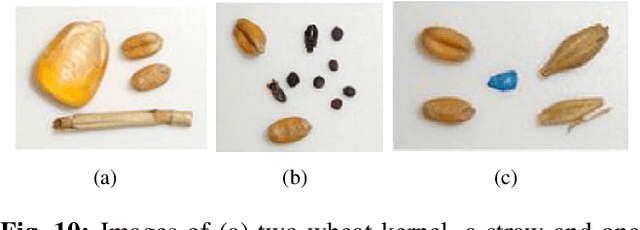
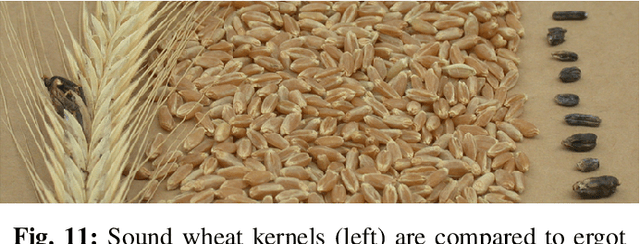
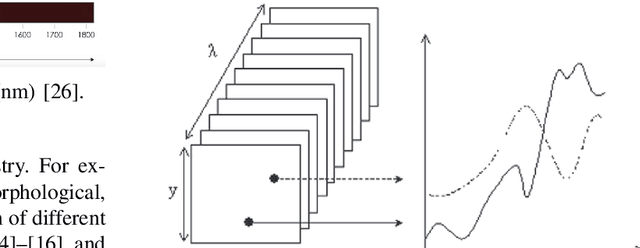
Abstract:Wheat is one of the major staple crops across the globe. Therefore, it is mandatory to measure, maintain and improve the wheat quality for human consumption. Traditional wheat quality measurement methods are mostly invasive, destructive and limited to small samples of wheat. In a typical supply chain of wheat, there are many receival points where bulk wheat arrives, gets stored and forwarded as per the requirements. In this receival points, the application of traditional quality measurement methods is difficult and often very expensive. Therefore, there is a need for non-invasive, non-destructive real-time methods for wheat quality assessments. One such method that fulfils the above-mentioned criteria is hyperspectral imaging (HSI) for food quality measurement and it can also be applied to bulk samples. In this paper, we have investigated how HSI has been used in the literature for assessing stored wheat quality. So that the required information to implement real-time digital quality assessment methods at the different stages of Australian supply chain can be made available in a single and compact document.
Efficient Motion Modelling with Variable-sized blocks from Hierarchical Cuboidal Partitioning
Aug 28, 2022



Abstract:Motion modelling with block-based architecture has been widely used in video coding where a frame is divided into fixed-sized blocks that are motion compensated independently. This often leads to coding inefficiency as fixed-sized blocks hardly align with the object boundaries. Although hierarchical block-partitioning has been introduced to address this, the increased number of motion vectors limits the benefit. Recently, approximate segmentation of images with cuboidal partitioning has gained popularity. Not only are the variable-sized rectangular segments (cuboids) readily amenable to block-based image/video coding techniques, but they are also capable of aligning well with the object boundaries. This is because cuboidal partitioning is based on a homogeneity constraint, minimising the sum of squared errors (SSE). In this paper, we have investigated the potential of cuboids in motion modelling against the fixed-sized blocks used in scalable video coding. Specifically, we have constructed motion-compensated current frame using the cuboidal partitioning information of the anchor frame in a group-of-picture (GOP). The predicted current frame has then been used as the base layer while encoding the current frame as an enhancement layer using the scalable HEVC encoder. Experimental results confirm 6.71%-10.90% bitrate savings on 4K video sequences.
Thank you for Attention: A survey on Attention-based Artificial Neural Networks for Automatic Speech Recognition
Feb 14, 2021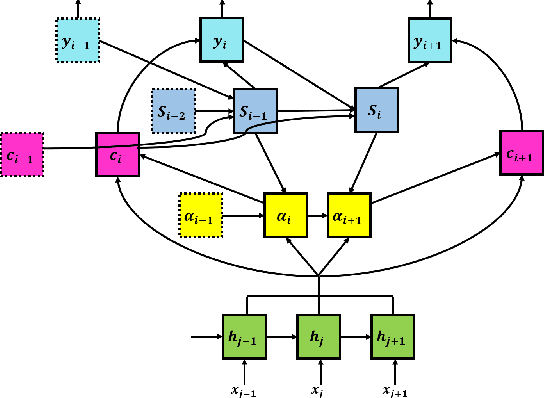
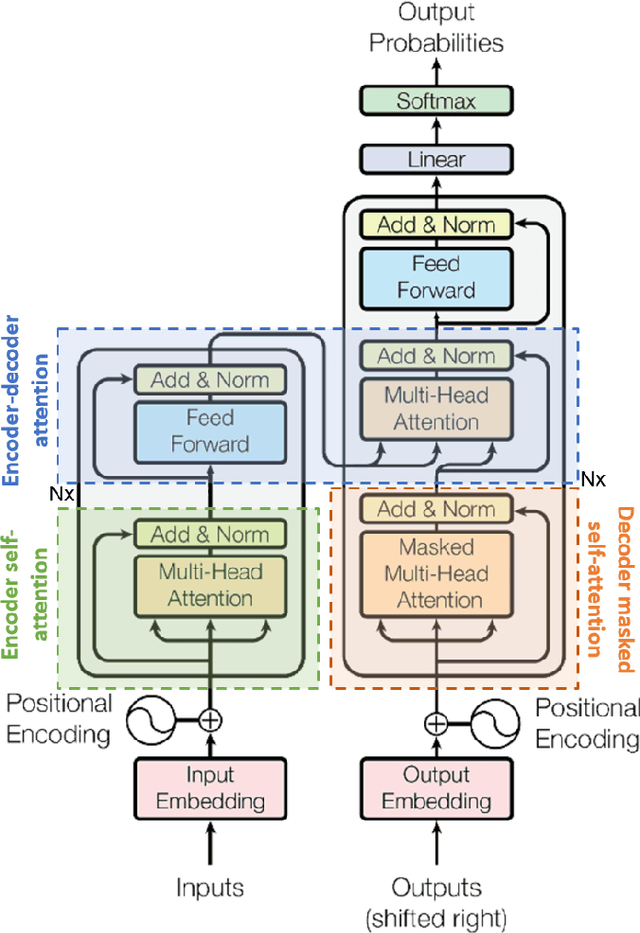
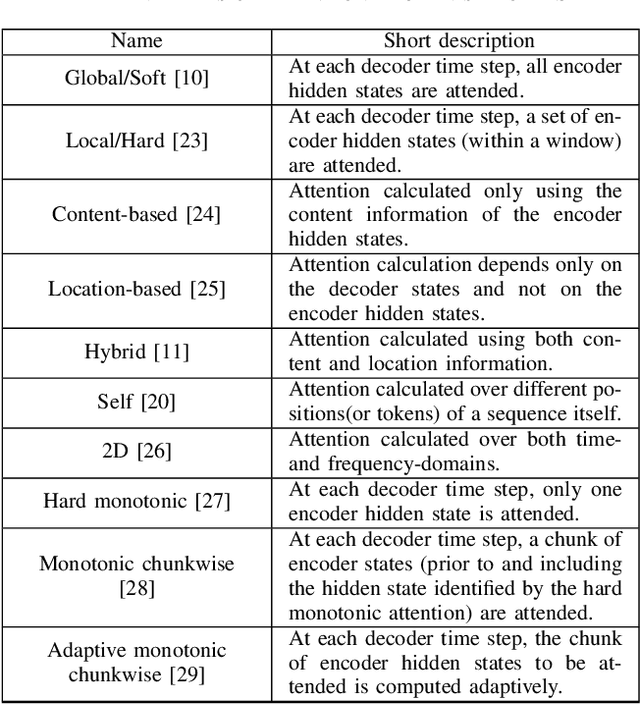
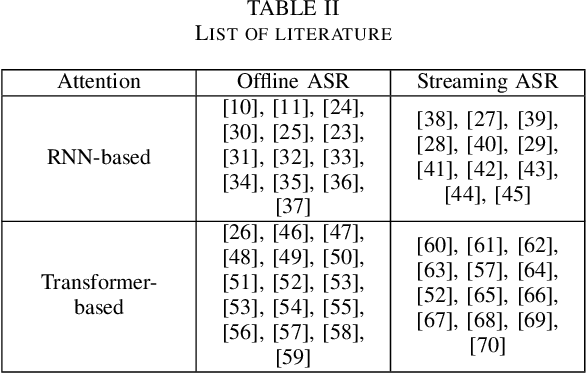
Abstract:Attention is a very popular and effective mechanism in artificial neural network-based sequence-to-sequence models. In this survey paper, a comprehensive review of the different attention models used in developing automatic speech recognition systems is provided. The paper focuses on the development and evolution of attention models for offline and streaming speech recognition within recurrent neural network- and Transformer- based architectures.
 Add to Chrome
Add to Chrome Add to Firefox
Add to Firefox Add to Edge
Add to Edge